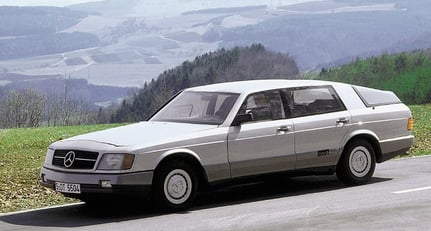The Frankfurt Motor Show always offers up some surprises. In 1981 this was no different, and in addition to the production car debuts such as the W126 S-Class coupé and Porsche 944, several design studies also captured visitor interest. Mercedes surprised in the climate of unbridled performance with three versions of its Auto 2000 concept car. It sounded like the future – after all, the year 2000 was still 19 years away – and in retrospect, it even gave styling cues to the W140 S-Class which went on sale a decade later.
Aerodynamics lessons learnt in Stuttgart several years earlier during the development of the W126 flagship were built upon, resulting in the Auto 2000 concealing its windshield wipers and washers behind the A-pillars. Also, the sloping tail was more than a styling feature: the ‘Kamm-tail’ is a drag-reduction feature which can be found today on most current hybrids.
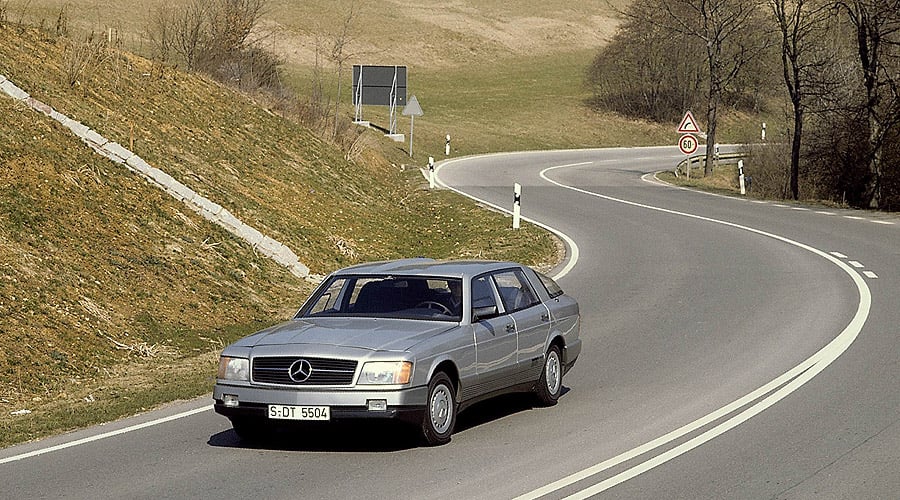
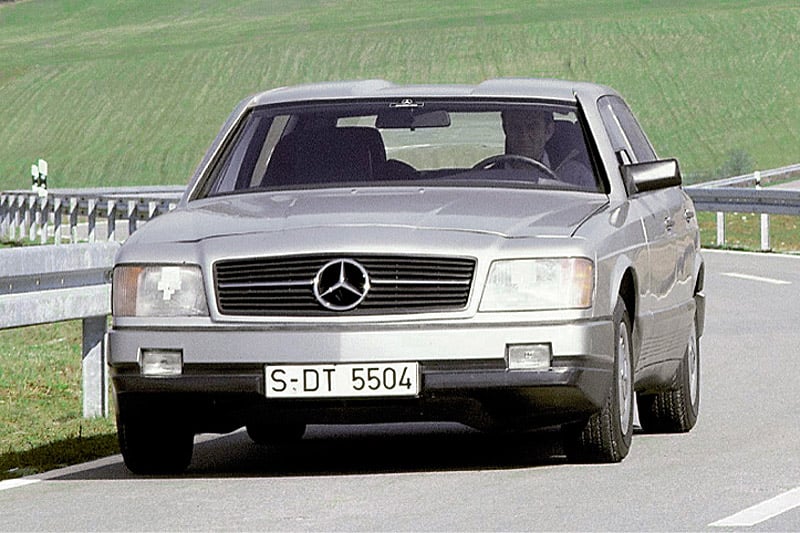
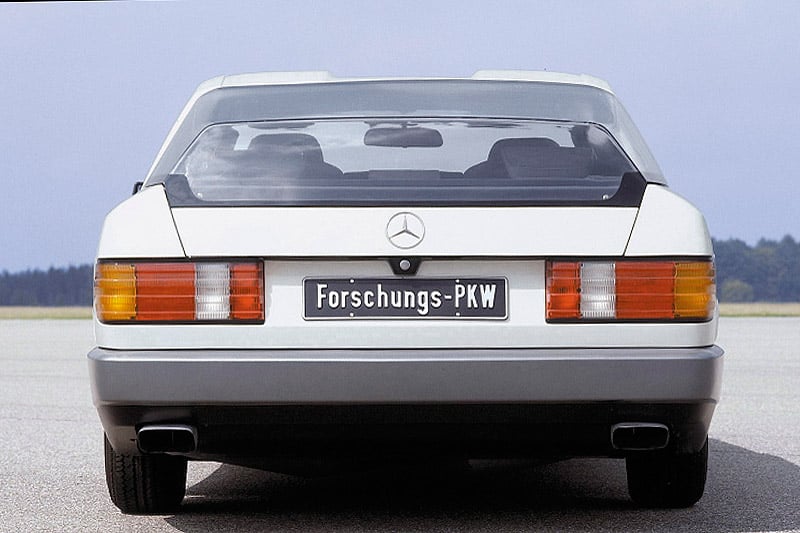
The interesting transformation of the once-conservative estate car had only one goal: to use aerodynamics and mechanical ingenuity to create a car as parsimonious with fuel as possible. Mercedes dug deep within its design department to produce three prototype vehicles each with a different propulsion method and innovative design features. The first was a petrol-engined V8 with an inventive cylinder shutdown system: four of the engine’s cylinders were idled to conserve fuel under partial engine load, a technology which is only making its way into mainstream Mercedes models three decades later.
The second car had a 3.3-litre six-cylinder diesel engine with twin turbochargers, and managed an impressive average of 31.3mpg at 75mph. However, it was the third version that was the most pioneering: a gas-turbine engine which brought several benefits, including low-pollutant combustion, low weight, compact dimensions, favourable torque characteristics, and the elimination of water cooling. The concept was still considered novel when it was used in the Jaguar C-X75 of 2010 – a testament to how forward-thinking the early-1980s Mercedes engineering department was.

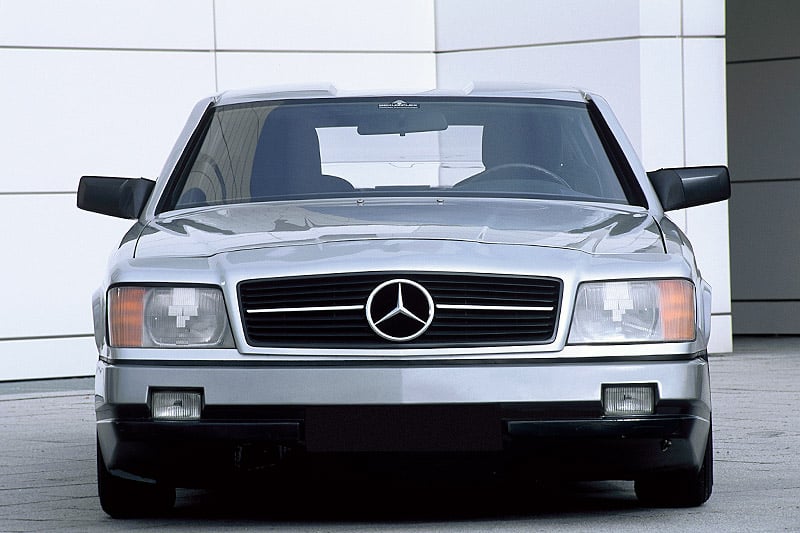
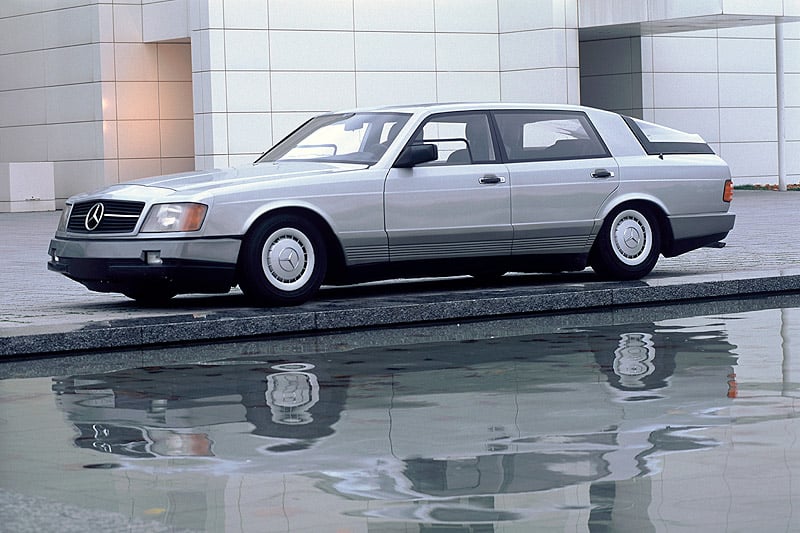
While it might not have been a styling icon, the Auto 2000 concept had a raft of technological and design features that have made their way into Mercedes cars decades later. And given that gas turbine technology is yet to be used in a full-scale production car, perhaps its influence will continue decades into the future.
Photos: Daimler
